Table of Contents
- Chinese Yuan Royalty Free Stock Photo - Image: 35830655
- China Yuan Currency 11195916 PNG
- Premium Photo | Chinese yuan renminbi
- Renminbi or Chinese Yuan stock image. Image of fiscal - 18239047
- The renminbi is only called "renminbi" in China, but it changes when ...
- Premium Photo | Chinese Yuan renminbi banknotes isolated on white ...
- Smarthistory – Yuan dynasty (1279–1368), an introduction
- 6 Facts about the Chinese Renminbi You Might not Know - Beyond Borders
- The renminbi is only called "renminbi" in China, but it changes when ...
- Chinese Yuan Symbol stock illustration. Illustration of exchange - 57891241
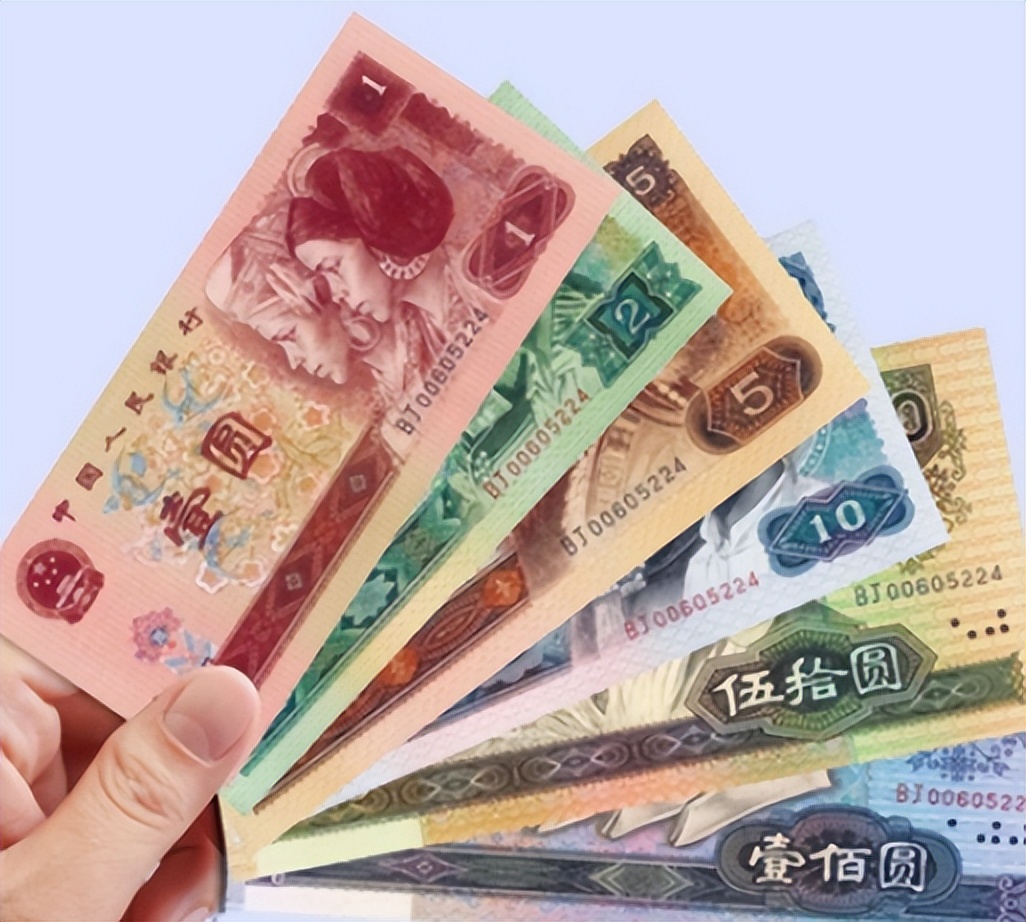

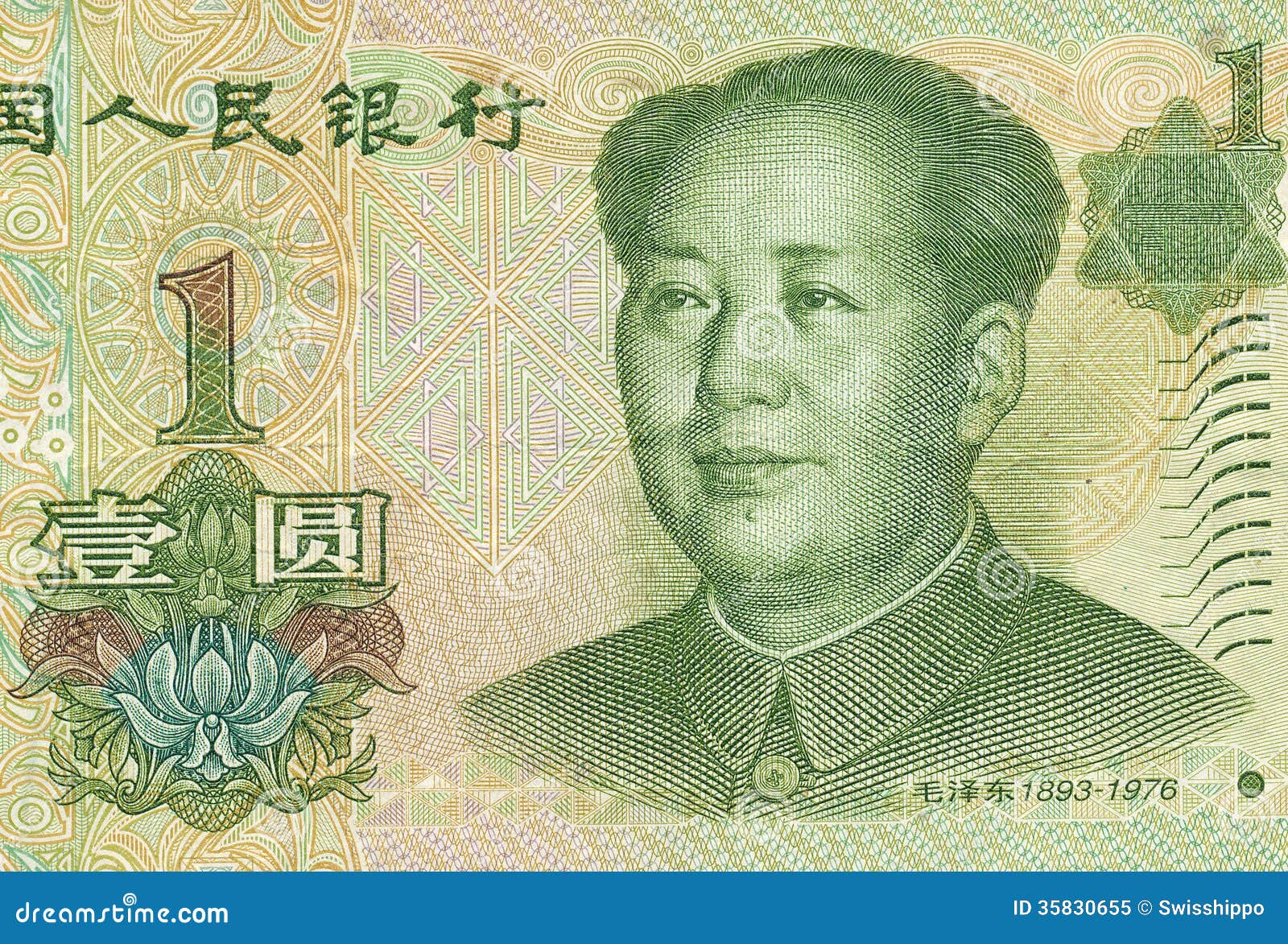
A Brief History
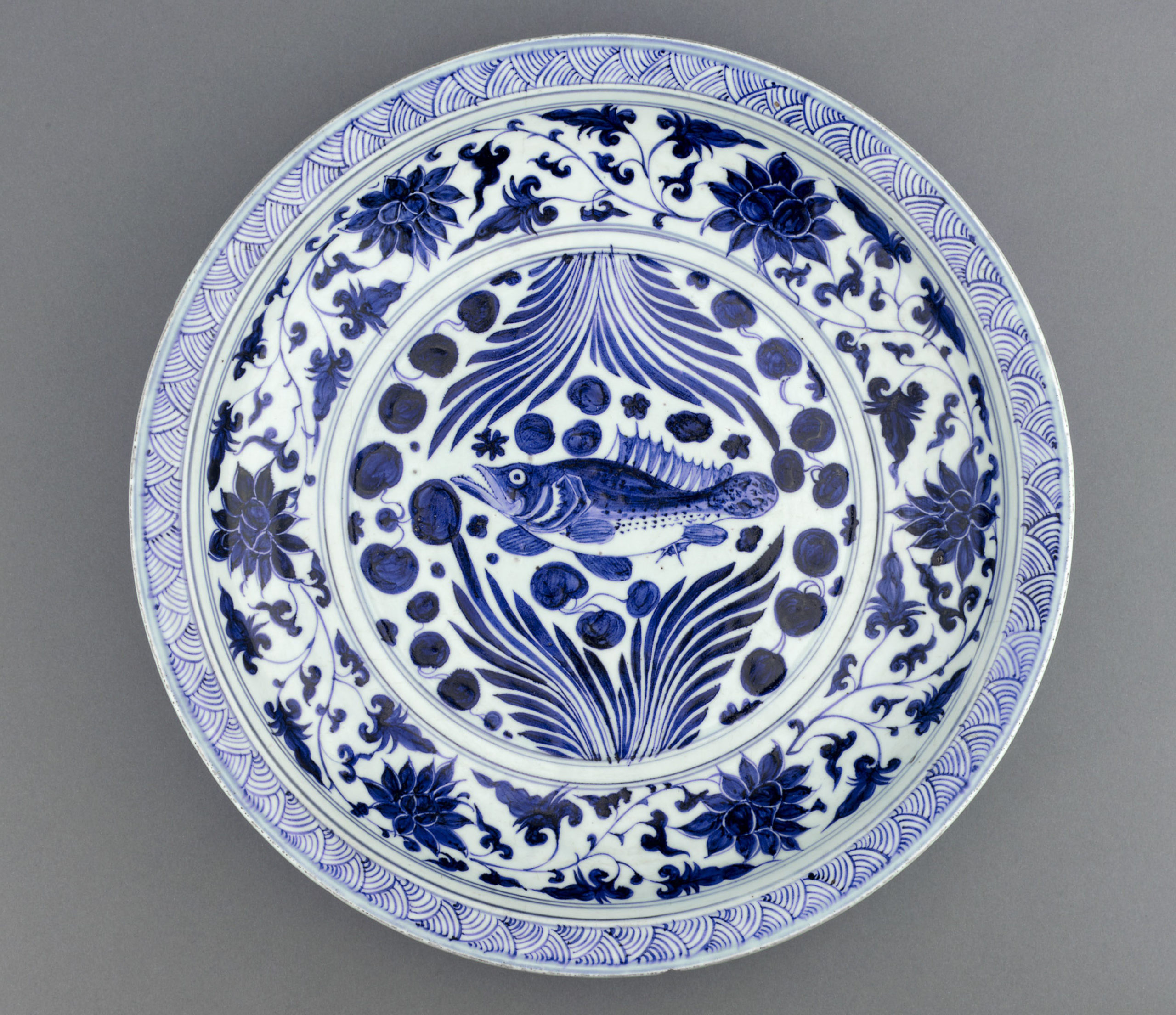
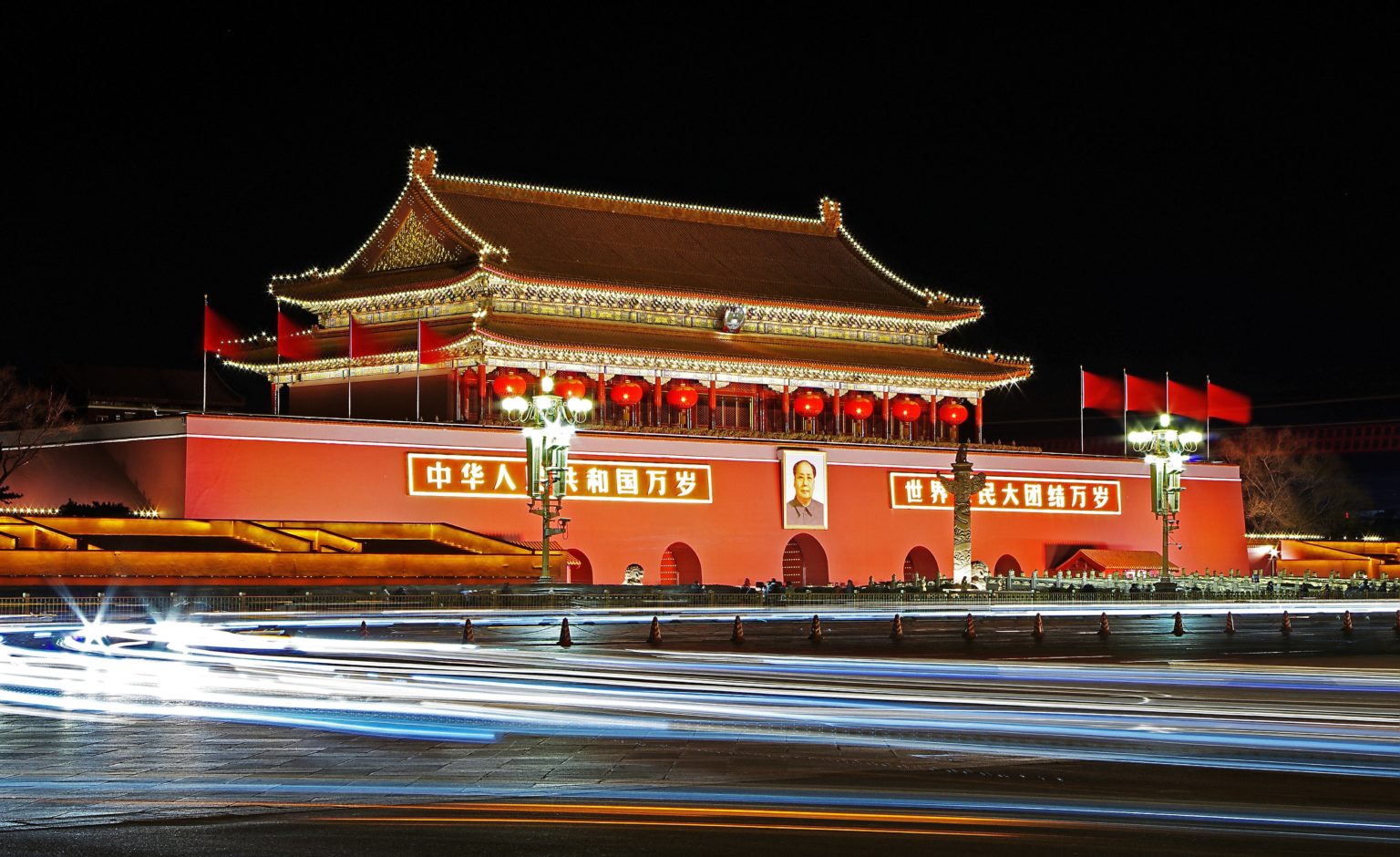

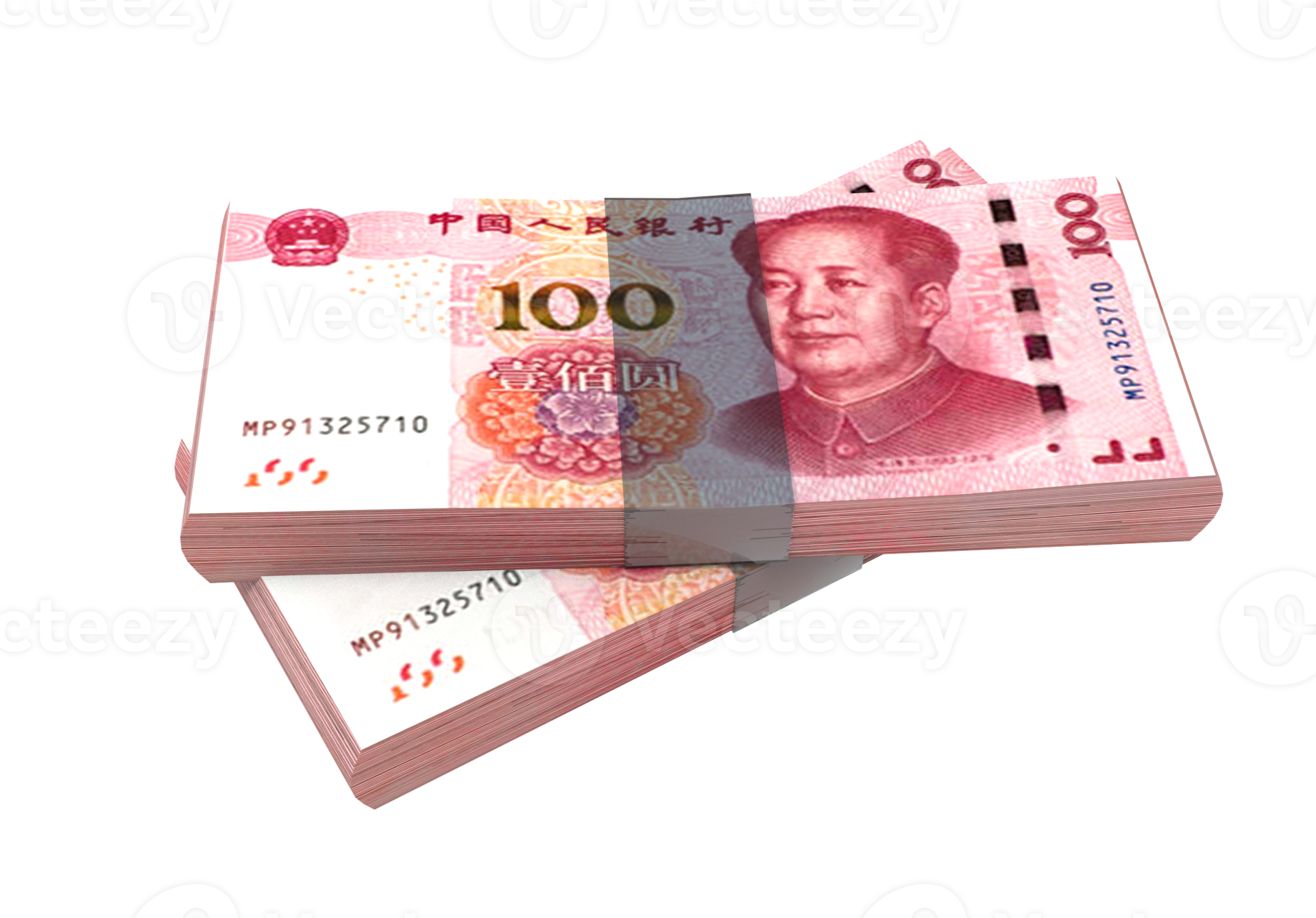
Composition and Characteristics


International Role
As China's economy has grown, so has its influence on global trade and finance. The yuan is now one of the most widely traded currencies in the world, with a significant presence in international currency markets. In 2016, it officially became a reserve currency, joining the ranks of the US dollar, euro, Japanese yen, and British pound. China's Belt and Road Initiative (BRI) has further solidified its position as a global economic player. The massive infrastructure project aims to connect China with Asia, Europe, Africa, and other regions through trade and investment agreements. As BRI continues to expand, the yuan is likely to play an increasingly important role in international transactions.
Investment Opportunities
For investors, the Chinese yuan presents several opportunities:Trading: With the yuan becoming a major player in global currency markets, traders can take advantage of fluctuations in its value against other currencies.
Fixed-income investments: Government bonds and notes denominated in yuan offer attractive yields for those willing to take on some credit risk.
Diversification: Adding yuan-denominated assets to a portfolio can provide diversification benefits, as the currency tends to have a low correlation with other major currencies.
While investing in the Chinese yuan comes with unique risks and challenges, it also presents opportunities for savvy investors. As China's economy continues to grow and its global influence expands, the renminbi is likely to remain an important player in international finance. In conclusion, the Chinese yuan is a complex and multifaceted currency with a rich history and growing importance in global markets. By understanding its composition, characteristics, and role in international trade and investment, investors can better navigate the complexities of this dynamic market.